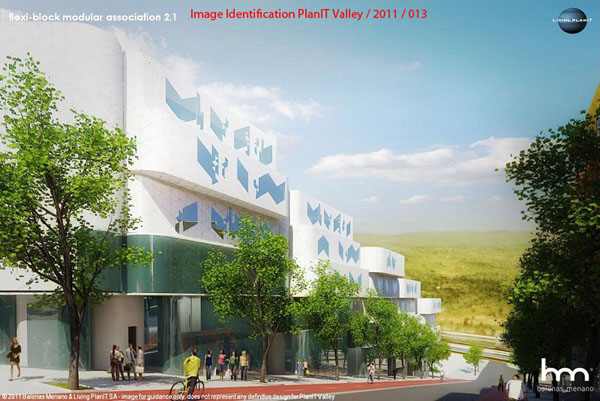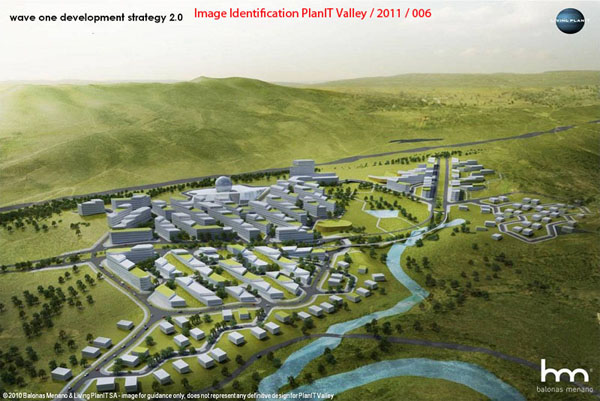City 2.0, an online platform designed to allow individuals and organizations to collaborate in imagining the city of the future, won the TED Prize last year. The idea was that by putting the kinds of tools usually only accessible by city planners and government officials into the hands of citizens everywhere, innovative new ideas would emerge around transportation, energy, public space, housing, and law, giving people a chance to build their own vision of a smarter city in collaboration with others from their area.
Lest you find this all so much happy-talk, ideas generated via this online platform are now making their way into the real world, as FastCompany reports that a new planned city in Portugal called PlanIT Valley will be built, in part, on ideas generated through the City 2.0 platform. Located near Porto, one of Southern Europe’s major urban areas, the city will house up to 225,000 inhabitants by 2015.

The idea here is that when you start with a blank canvas, so to speak — rather than an organically growing city, with its various demands — you can build the innovation in from the ground floor, avoiding the urban planning mistakes of yesteryear. (Such as, say, neighborhoods designed for the benefit of cars, rather than people, and buildings dependent on AC.)
A collaboration between a company called Living PlanIt and the Portugese government, the planned city will make extensive use of smart sensors — more than 100 million of them. This isn’t surprising, considering the fact that Living PlanIt actually owns the Urban Operating System that provides the essential platform for Machine to Machine Communication (the “M2M market”), estimated to be worth US$1.2 trillion by the time the smart building/city/everything revolution really takes off in 2020. Still, if you do the math, that’s nearly 450 sensors per person in this brave new city.

These many sensors will work together to combine intelligent buildings with connected vehicles, providing the citizens of PlanIt Valley with an unprecedented level of info about their built environment. The key word here is efficiency — from optimum control of peak electricity demand to adapted traffic management, to real-time information about open parking places in the vicinity of your next appointment. These sensors will even be able to adjust the timing of traffic lights when emergency vehicles need to get through.
The finished city is intended to serve as both a living laboratory for partner companies and an incubator for tech start-ups. Companies will be able to use PlanIt Valley (which seems to be a conscious play on “Silicon Valley”) to investigate collaborative potentials with Living PlanIt, then replicate that approach in other locations. A major feature here being the fact that, unlike the average technology park, and the sprawling campuses of, yes, Silicon Valley — PlanIT Valley will integrate its tech-forward centers for innovation (appropriately enough) into the urban environment itself.